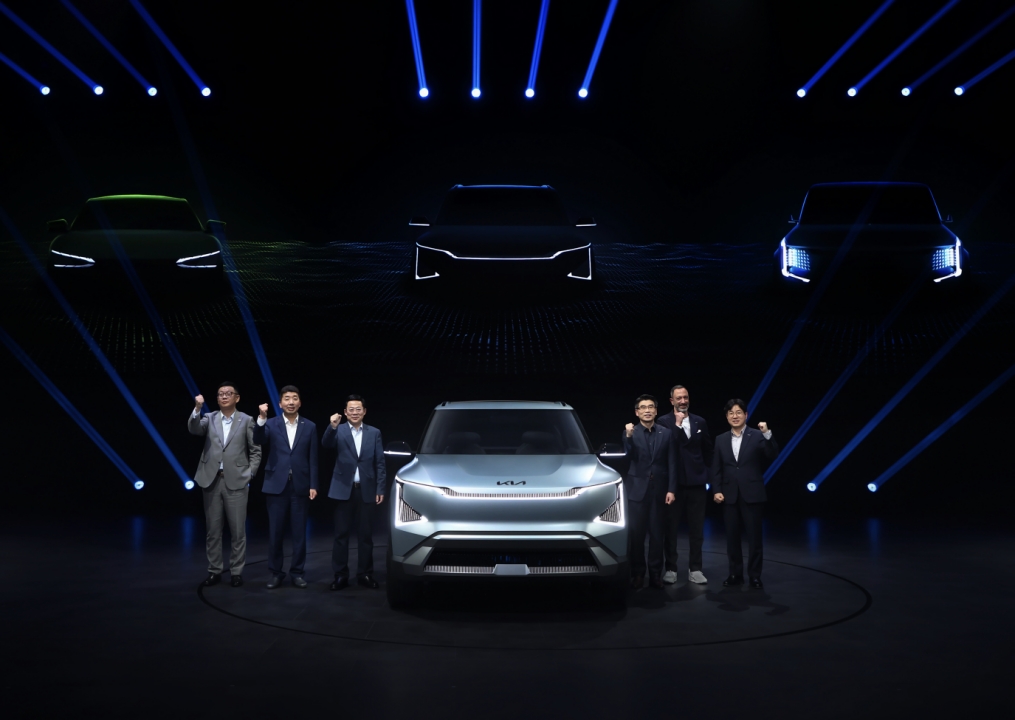On the evening of March 20, Kia held the “Kia China New Energy Strategy Release Conference” in Shanghai and announced its comprehensive plan for electrification. The conference was centered around the following four aspects, and there were quite a few highlights:
- Launch of new models
- Formulation of sales targets
- Capacity enhancement plan
- Construction of sales network
Launch of new models — Let’s start with the powerful one! A pure electric SUV with 3.5s acceleration
- 0-100 km/h acceleration in 3.5s
- 18 minutes to charge from 10% to 80%
- 800V electrical architecture
- 77.4 kW/h battery pack (“battery type not disclosed”)
- Comprehensive output power of 430 kW, with a maximum torque of 740 N·m
- Top speed of 260 km/h
This is the parameter of the first pure electric SUV, the EV6 GT, brought to China by Kia. It is based on the latest E-GMP pure electric platform developed by Kia, but information about its cruising range and intelligent driving hardware has not been released yet. Even with just these basic parameters, this car is still among the highest level in China’s highly competitive electric car industry.
According to official sources, this car will enter the domestic market in pure imported form and will be launched in China in August this year. The official will release three versions, namely:
- Basic version EV6
- EV6 GT-Line
- EV6 GT
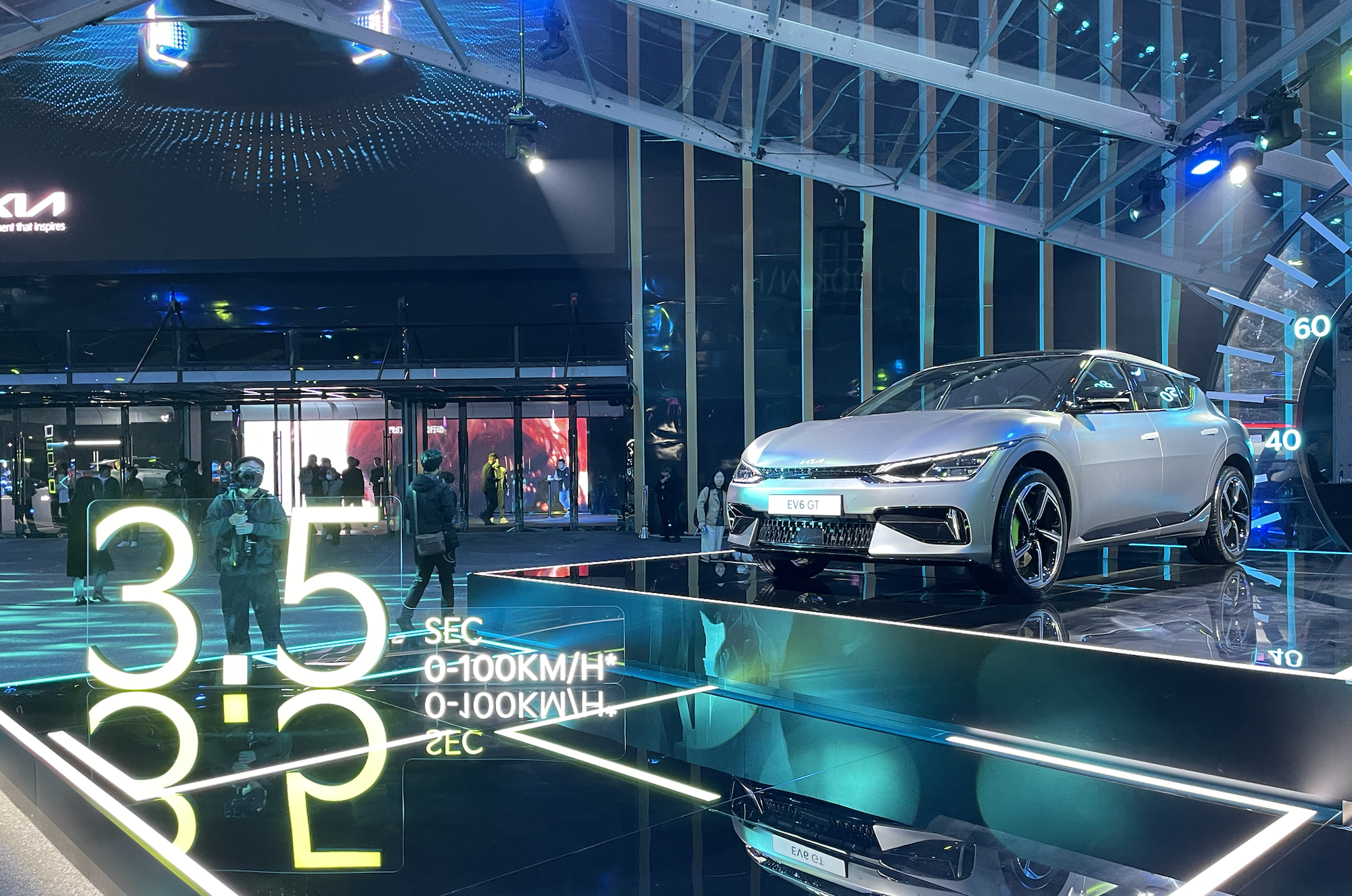
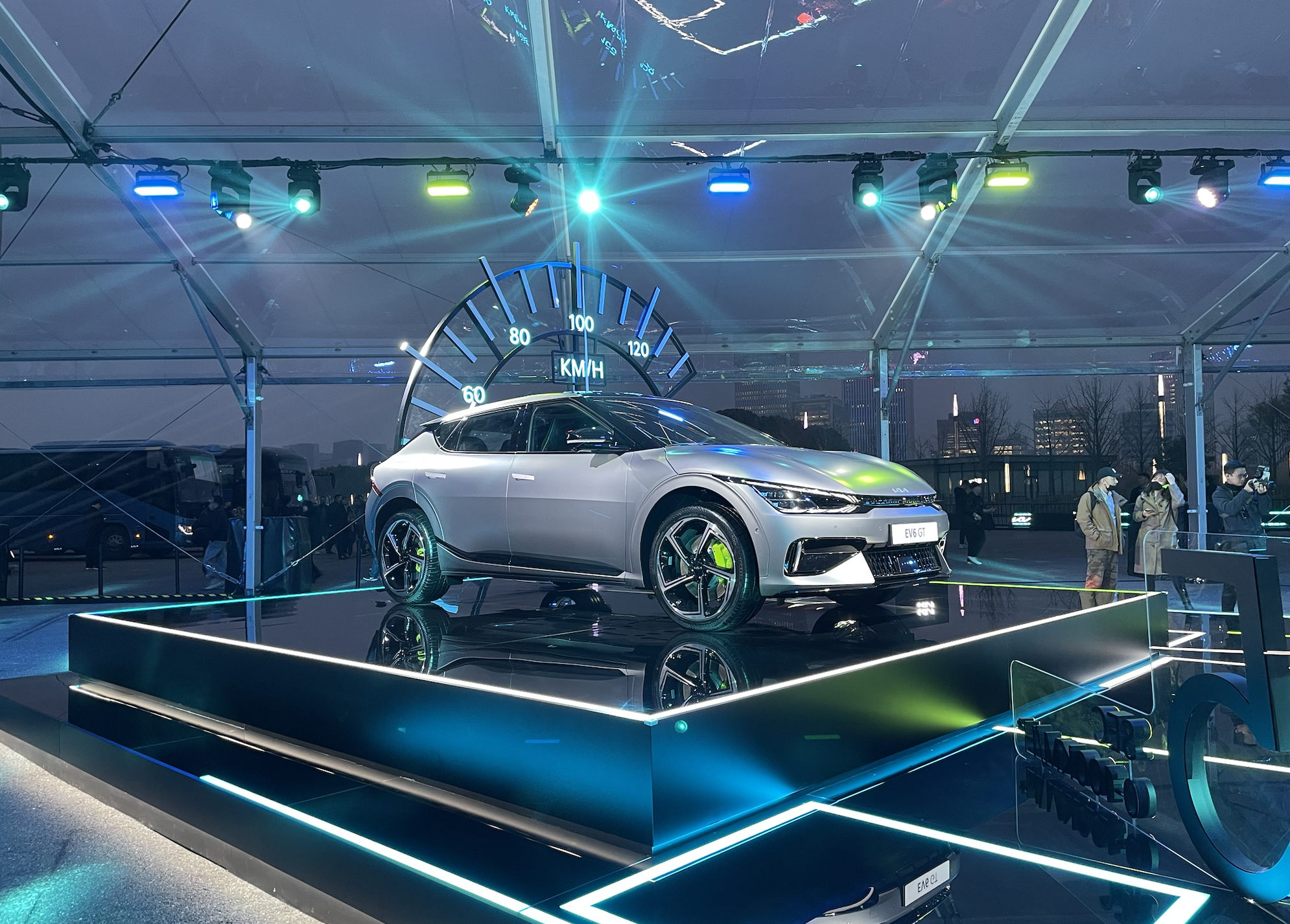

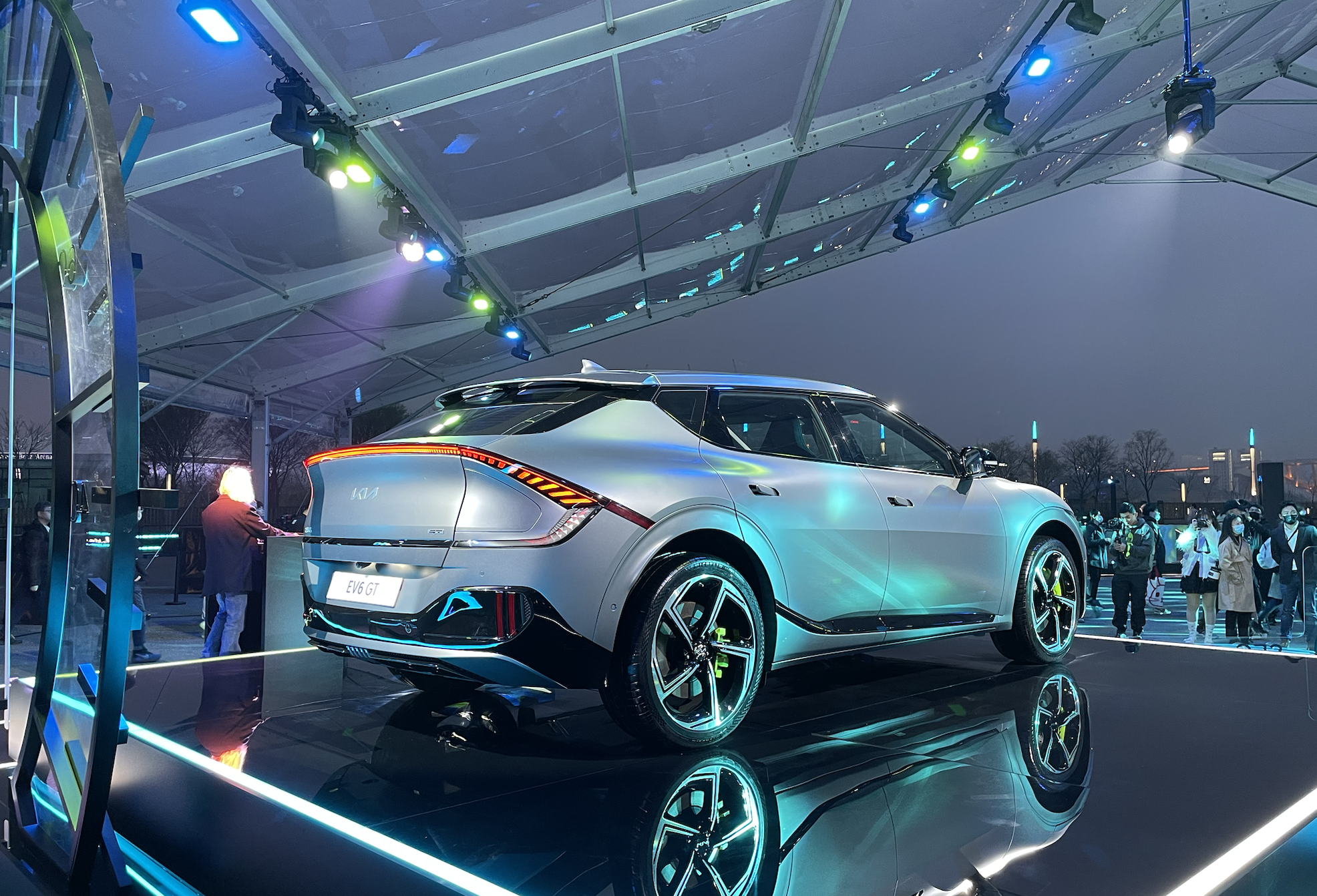 ## What Are the Other Cars?
## What Are the Other Cars?
From now until 2027, Kia will launch a total of six pure electric models. In addition to the already unveiled EV6, another five pure electric models will be launched one after another. These cars will also be based on the E-GMP platform. Among them, the concept cars of EV5 SUV and EV9 SUV also appeared at the event, and their production versions will be launched in November of this year and in 2024.
Both cars are based on Kia’s new “Opposites United” design concept, which is visually characterized by the use of many straight lines. Based on the models already on the market, this design is usually used on tough off-road vehicles, but it also poses a challenge to the vehicle’s drag coefficient, especially for electric vehicles that are sensitive to range. Therefore, if we follow this logic, there should be some modifications to the models when they are released later.
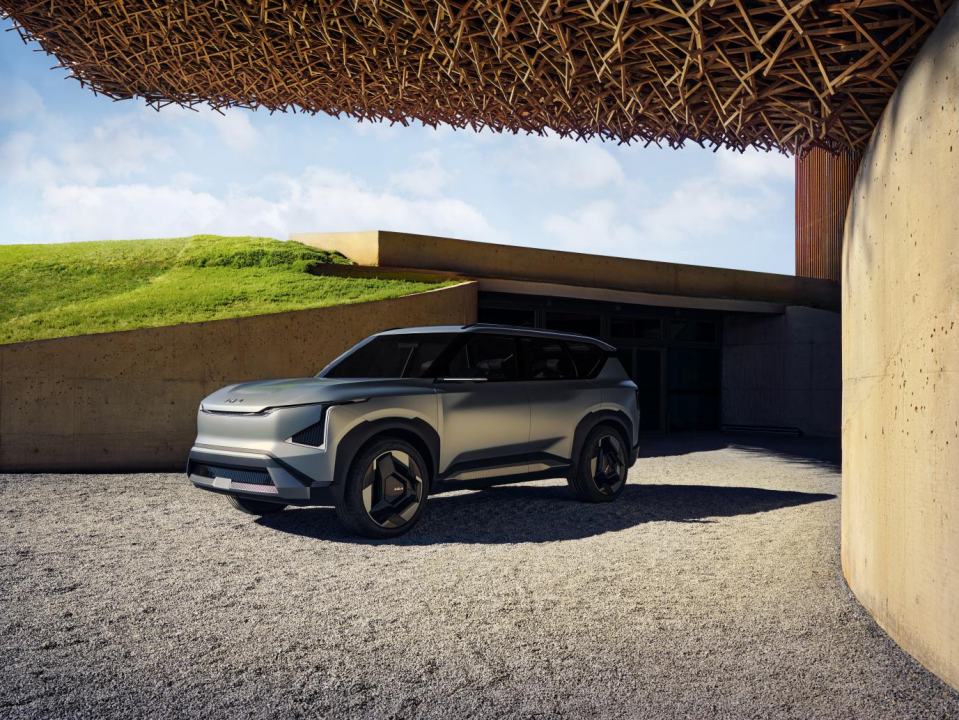
In addition, both cars also use the “concept car standard” suicide doors, but the probability of this configuration being given to the production car is not high. Even if the space is large enough and does not affect the opening size of the rear door, the production car still needs to solve the structural safety problem caused by the lack of a B-pillar.
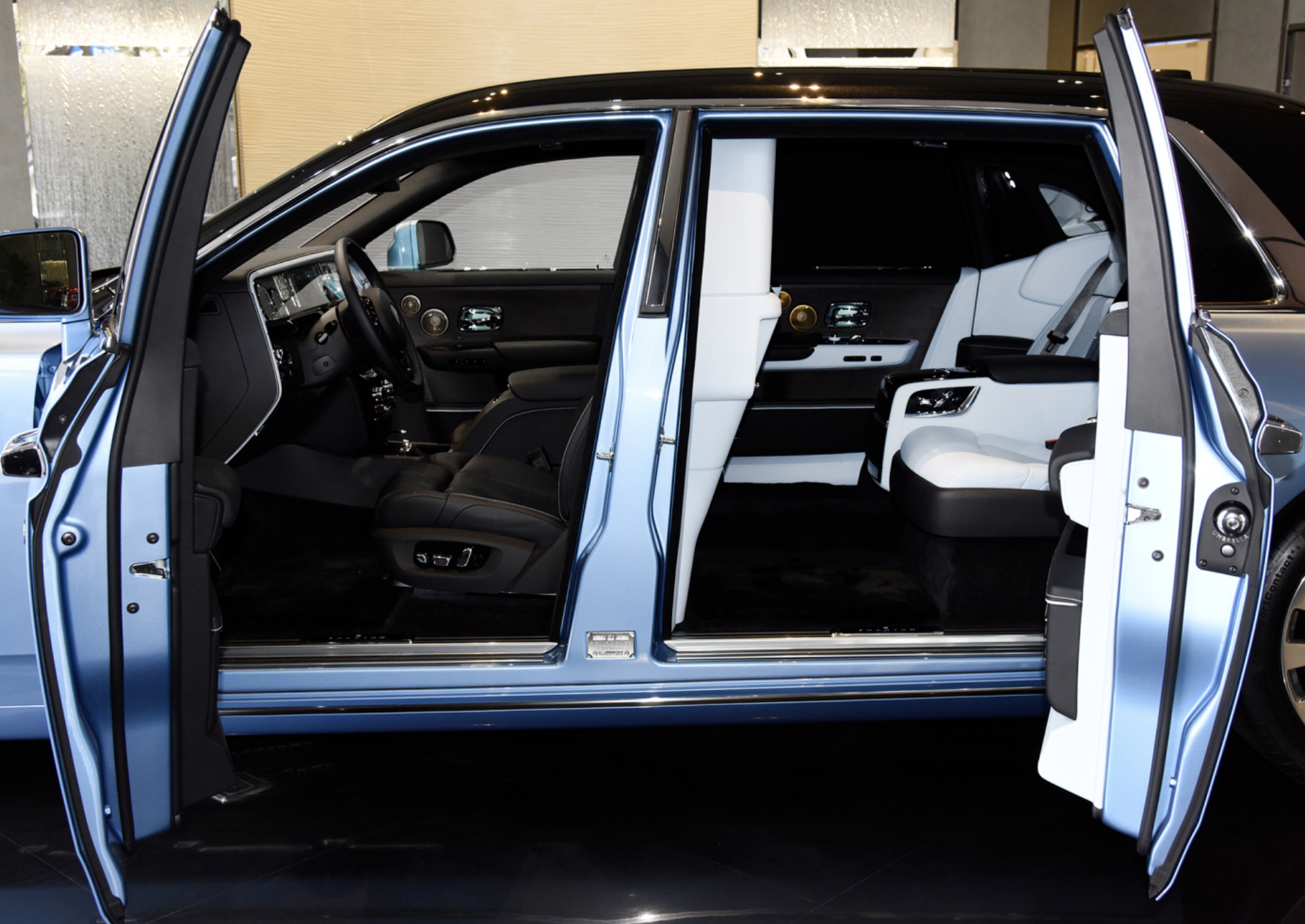
Perhaps you might say that Rolls-Royce also made B-pillars, and they also made suicide doors, so why can’t EV5 and EV9 use this design?
This brings up another question: whether the wheelbase of these two cars is sufficient to support the engineering team in making such designs for production cars. It should be noted that the wheelbase of the standard and long-wheelbase versions of the Rolls-Royce Phantom are 3,552mm and 3,772mm, respectively, while the wheelbase of the largest current EV9 concept car is 3,110mm. Apart from the size of the production car being large enough, if we want to achieve the open design shown in the above picture, the B-pillar also needs to be cancelled. This would create a series of problems, such as the position of the front seat belts for passengers, etc. Therefore, it is unlikely that we will see such an ultra-transparent setting on the production car.
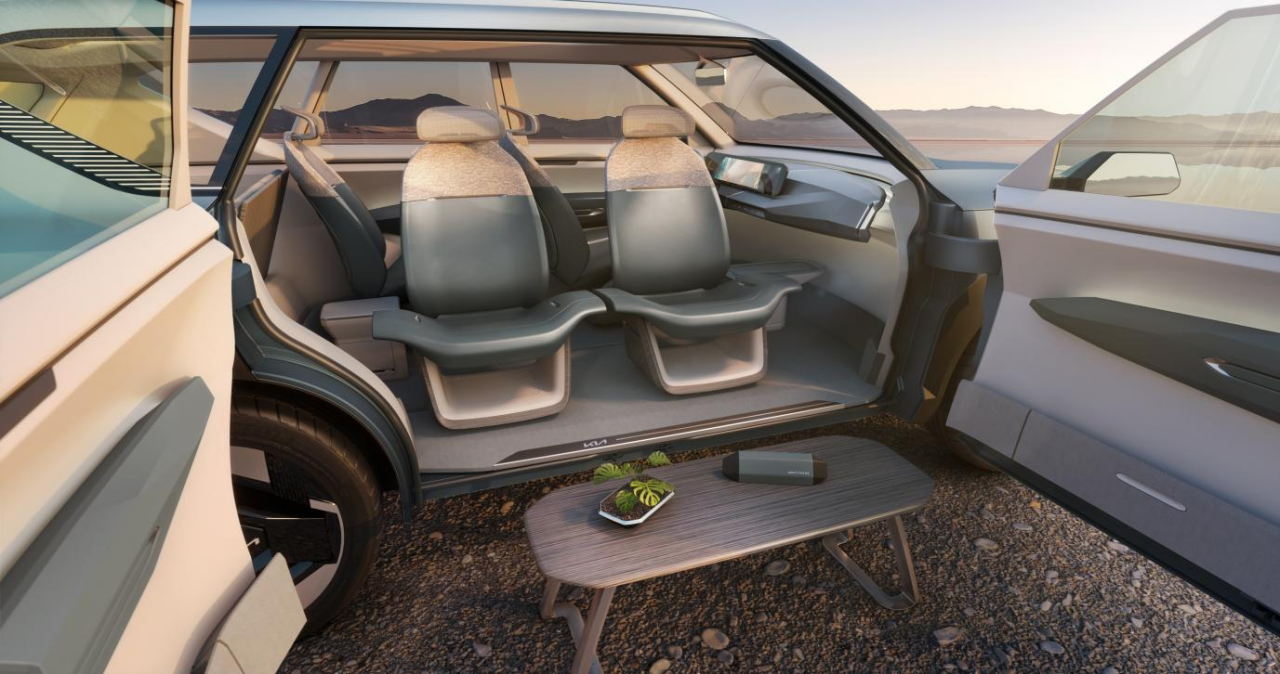
EV5 SUV Concept
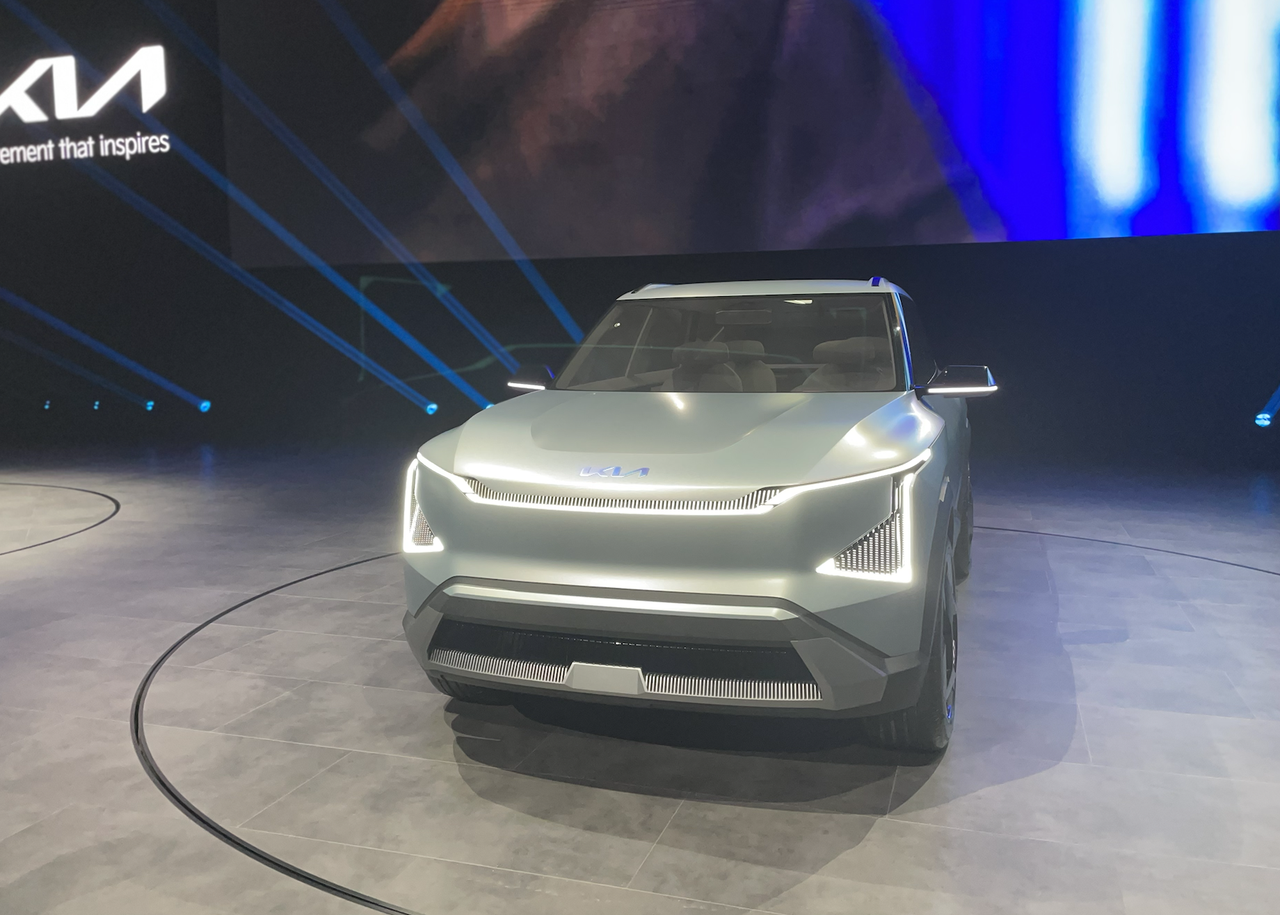
EV9 SUV Concept
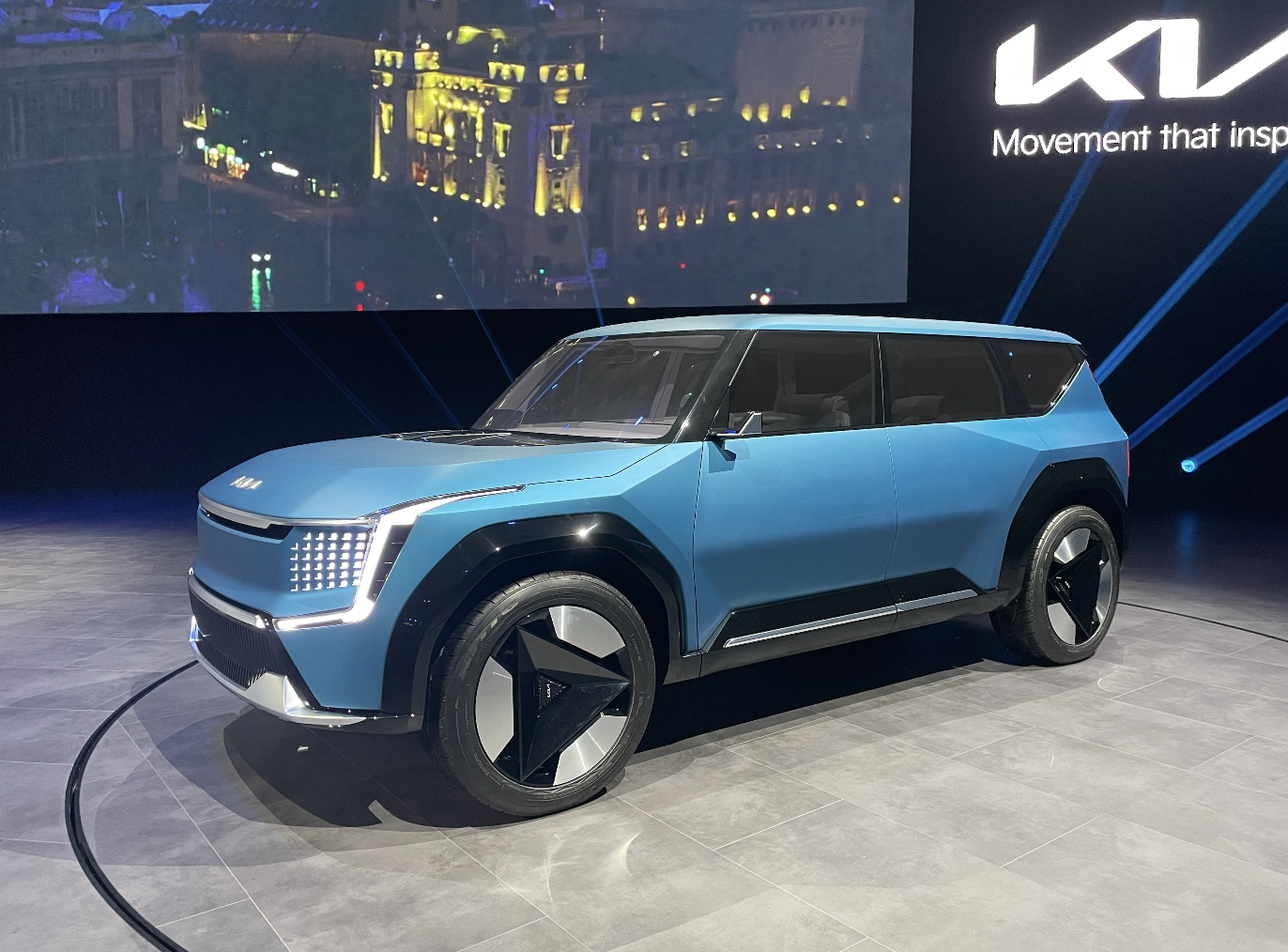
Sales Target Development
According to the official plan, Kia plans to achieve a total sales volume of 1.6 million pure electric vehicles worldwide by 2030, and will launch 6 pure electric vehicle models by 2027. The target is to achieve an annual sales volume of 180,000 pure electric vehicles by 2030. Based on this target, Kia expects to achieve a monthly sales volume of 15,000 vehicles in the future.
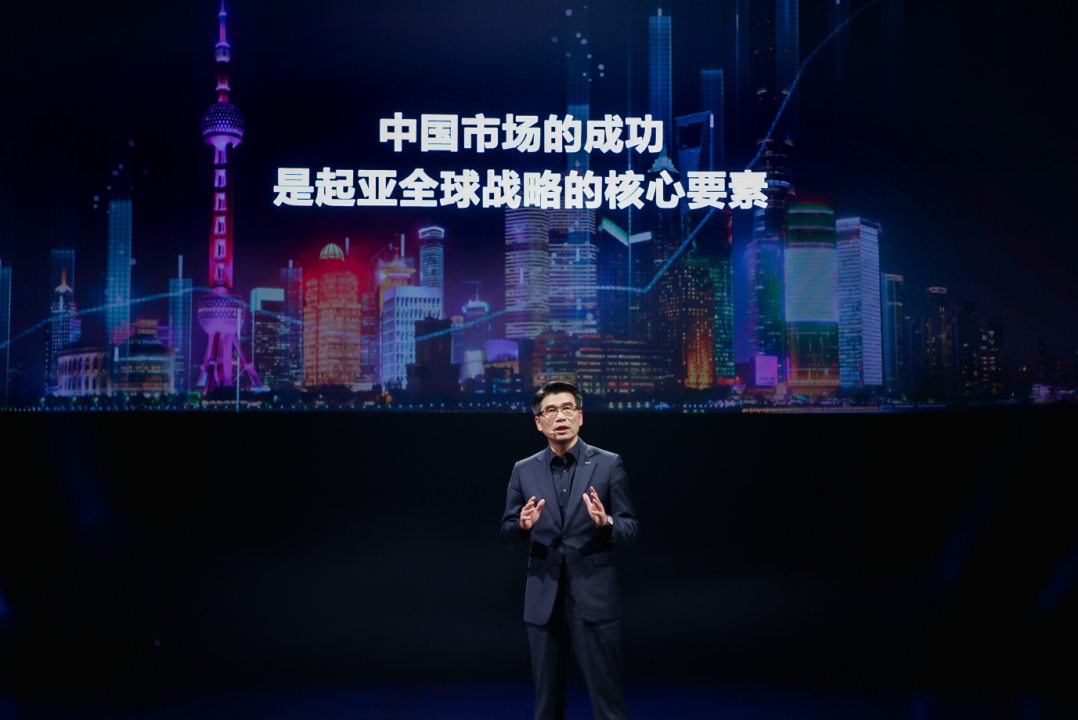
Currently, in China, the models that can achieve or be close to a monthly sales volume of 15,000 vehicles include BYD Qin Pro DM, GAC Aion S, BYD Dolphin, and Tesla Model Y. Based on this data, the products that Kia will launch need to not only adapt to and catch up with the pace of the current Chinese automotive consumer market, but also maintain a certain competitive advantage. This is a significant challenge for a car manufacturer that is newly entering the domestic new energy market, but it is also an opportunity. It is hoped that Kia’s various mass-produced models in the future will have sufficient competitiveness and equity to drive customer demand.
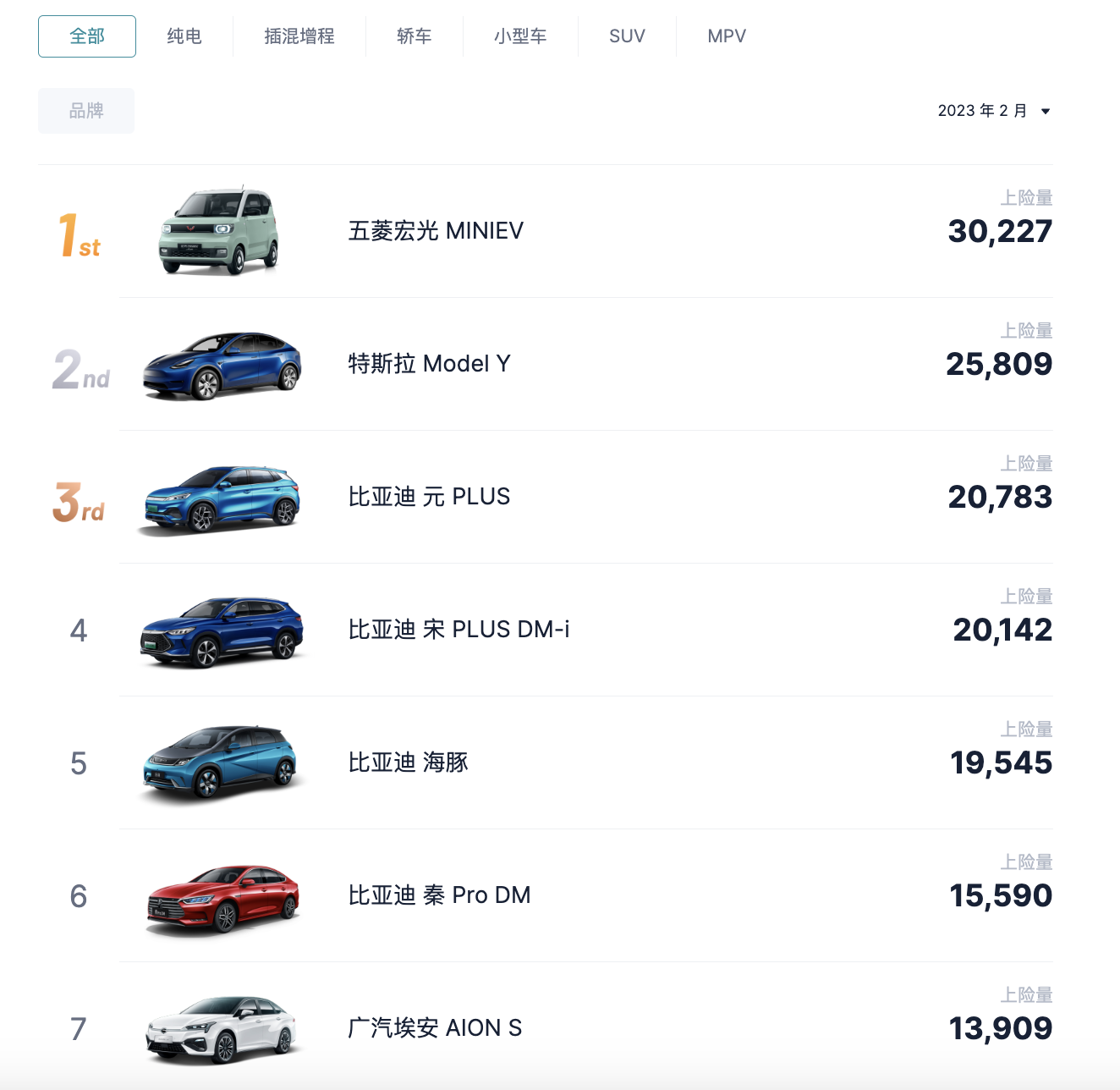 ## Restoration plan – I want both self-operation and third-party cooperation
## Restoration plan – I want both self-operation and third-party cooperation
In terms of charging infrastructure, in addition to providing personal home charging piles and basic charging services from domestic mainstream charging operators, Kia is also planning to cooperate with Shell to build 800V fast charging stations, equipped with 800V electrical architecture, allowing the vehicle to charge from 10% to 80% in just 18 minutes.
However, based on the current infrastructure situation in China, the brands that have launched 800V charging stations are currently only available in certain popular commercial areas in first-tier cities, with a large number of charging stations still operating at 400V-600V. Therefore, this part of the fast charging stations will be the main force providing charging services for car owners in the future.
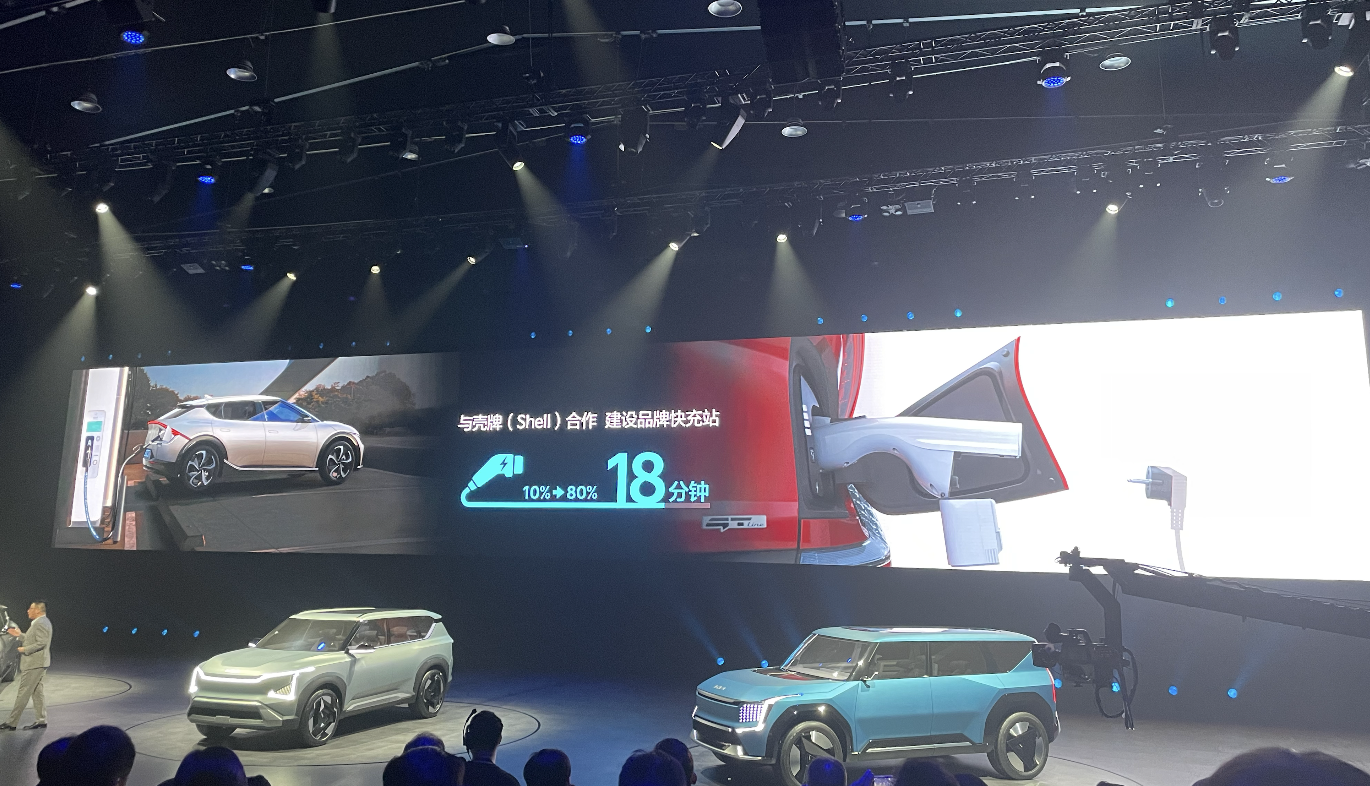
In addition, fixed resources such as grid capacity are currently being fiercely contested by major car companies, and it is hoped that Kia can quickly implement its energy supplement measures, so that after its products are launched, it can also accumulate more sales advantages for end users.
Sales network construction – Emphasizing both self-operation and agency operation
Kia will focus on accelerating its cooperation with major domestic dealer groups. At the event, Kia also signed strategic cooperation agreements with five well-known large dealer groups including Senyamac, Jinlong, Xinhama, Tongli, and Baideli. It will establish and operate Kia’s city showrooms “City Store” in core business districts in first and second-tier cities. It is also hoped that Kia can pay more attention to the shortcomings of the current domestic dealers in terms of user experience and truly change the pre-sale and after-sale experience of traditional domestic brands.
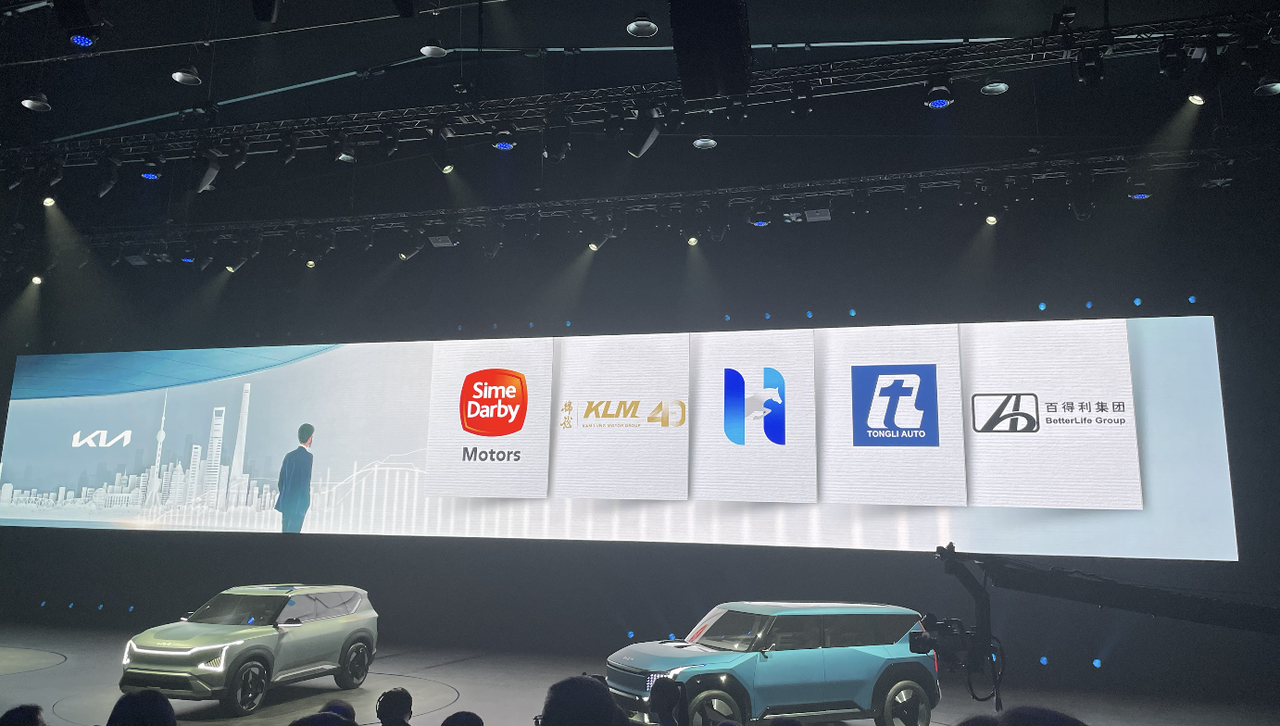
Summary
From this Kia’s China New Energy Strategy press conference, although Kia’s layout in China’s electrification is slightly later, it has absorbed some experience from other brands in user operation and product planning, which has given it a clearer layout direction. However, judging from its sales target, Kia’s senior management has high market expectations for current electrified products. It is also hoped that Kia can quickly adapt to the ever-changing market demand in China, so that its subsequent products can be quickly implemented and launched.# 这是一个标题
这是一段普通的文本,直接换行并没有什么效果,
为了换行可以在上一行文本后面加上两个空格,
或者使用 <br> 标签。
除此之外还可以通过在文本前面加上符号来实现不同的排版效果,例如:
加粗、斜体
这是加粗的文字
这是倾斜的文字`
这是斜体加粗的文字
引用
这是引用的内容
这是引用的内容
这是引用的内容
分割线
图片
图片加链接 (Image + Link)

纯图片 (Image Only)

链接
列表
无序列表
- 列表内容
- 列表内容
- 列表内容
有序列表
- 列表内容
- 列表内容
- 列表内容
表格
| 表头 | 表头 | 表头 |
|---|---|---|
| 单元格 | 单元格 | 单元格 |
| 单元格 | 单元格 | 单元格 |
代码
<单行代码>
代码块
此处放置多行代码
此处放置多行代码
此处放置多行代码
This article is a translation by ChatGPT of a Chinese report from 42HOW. If you have any questions about it, please email bd@42how.com.
